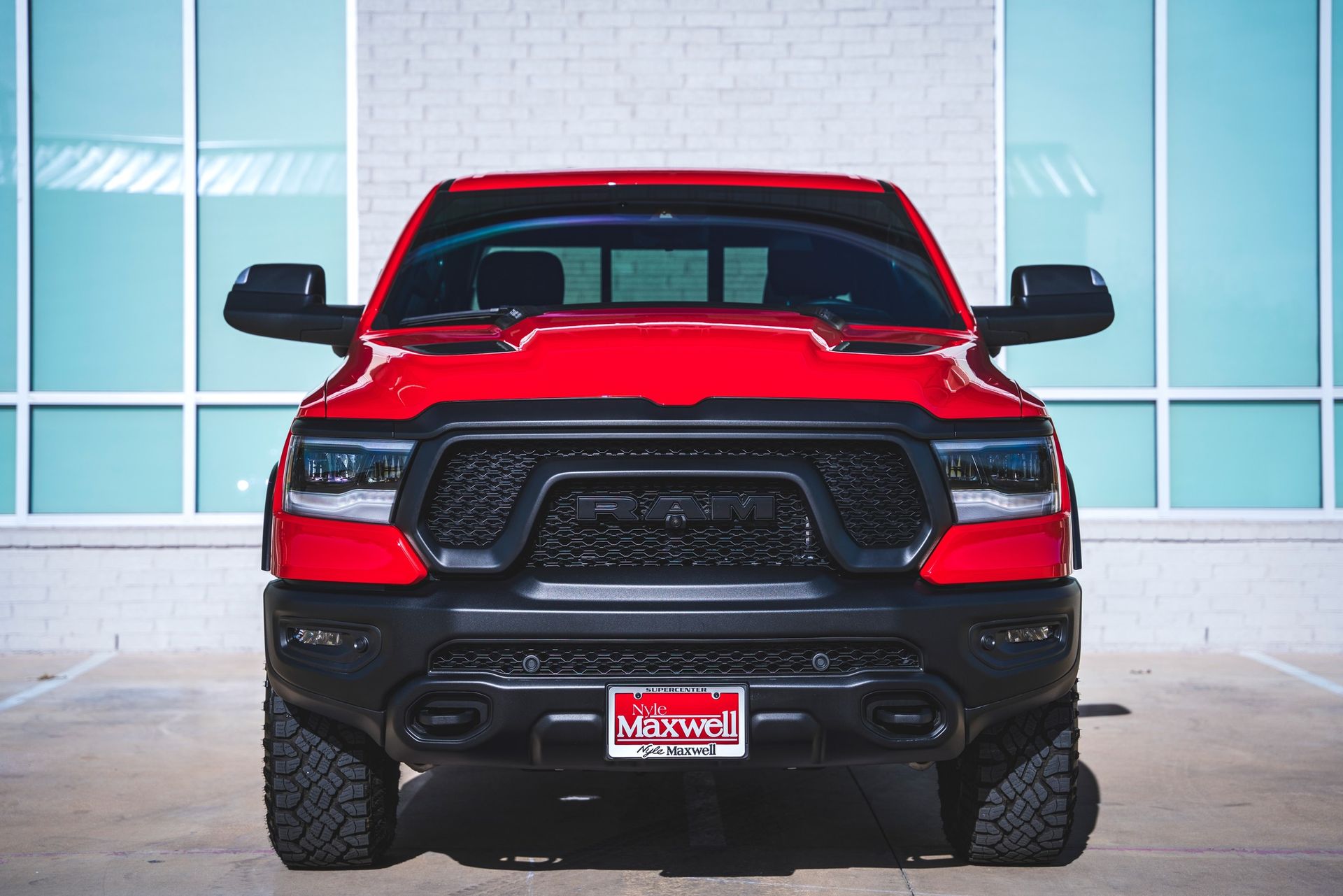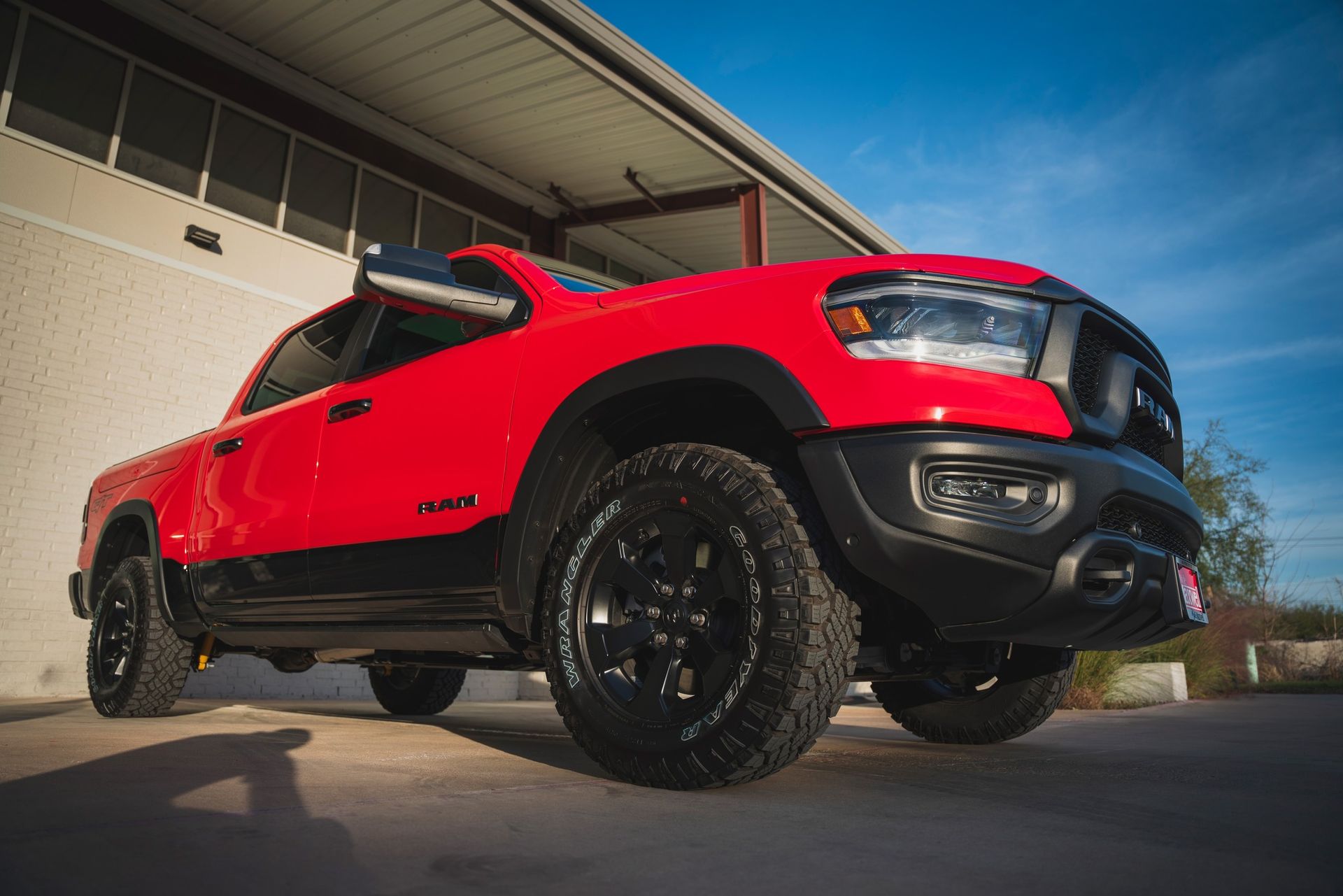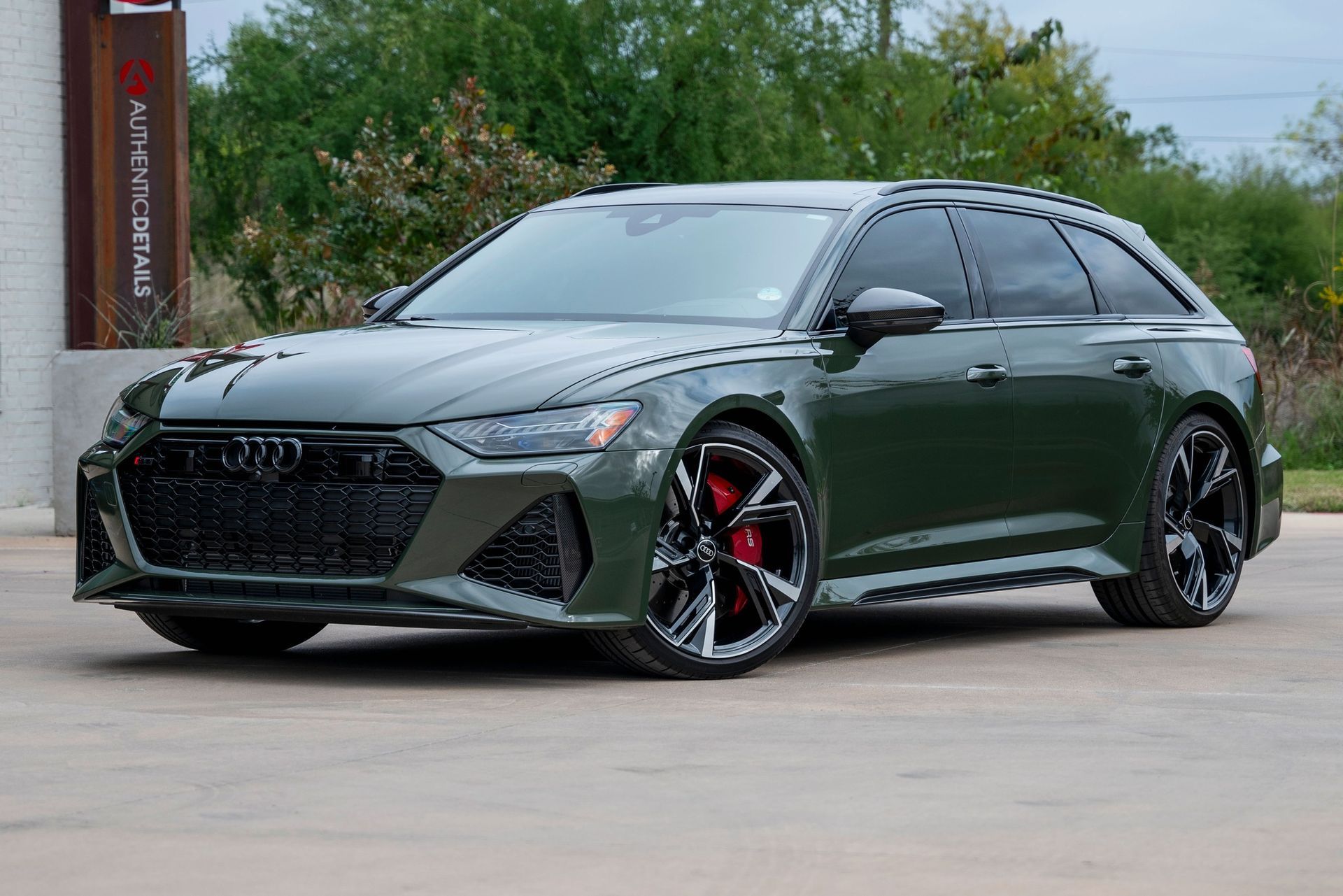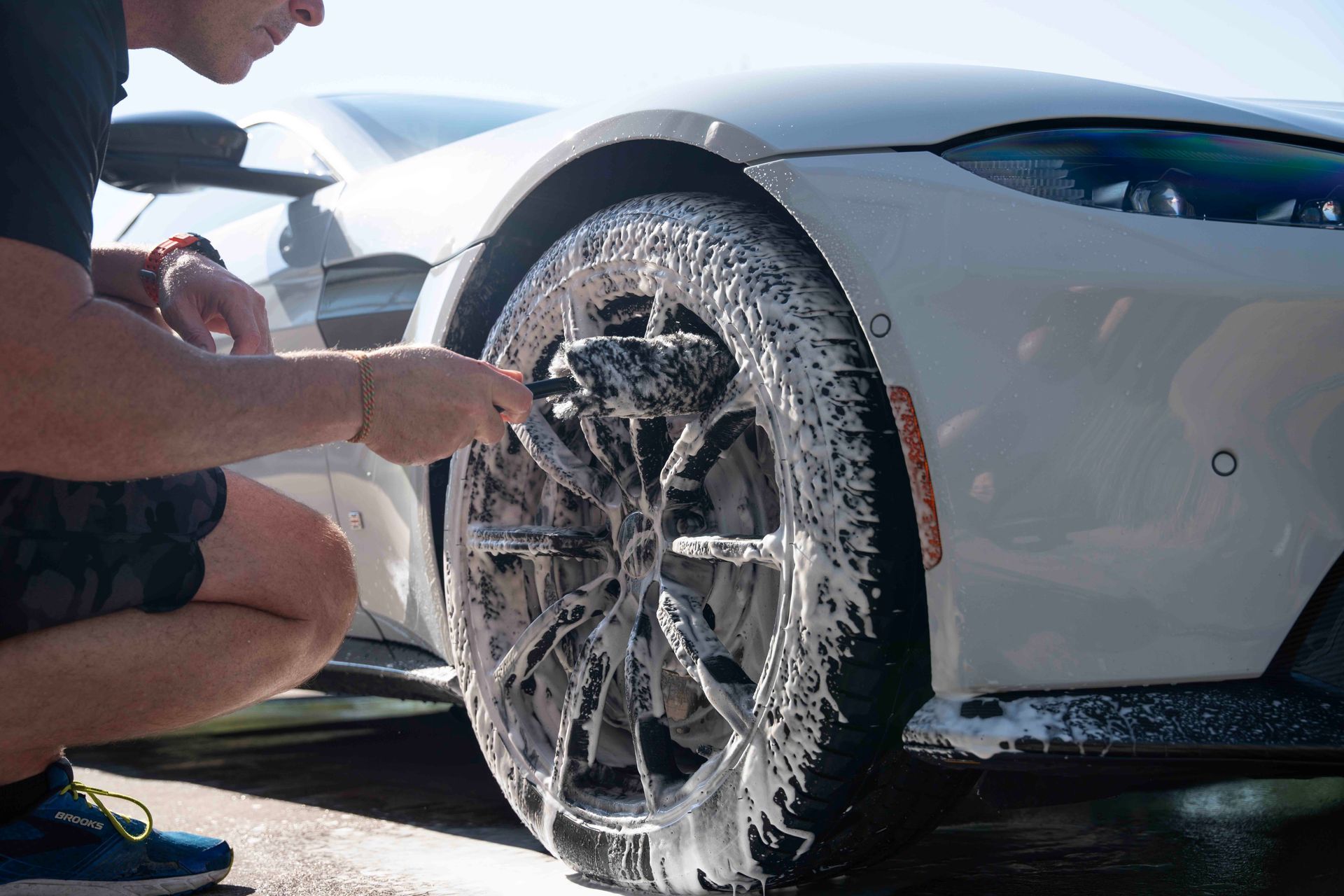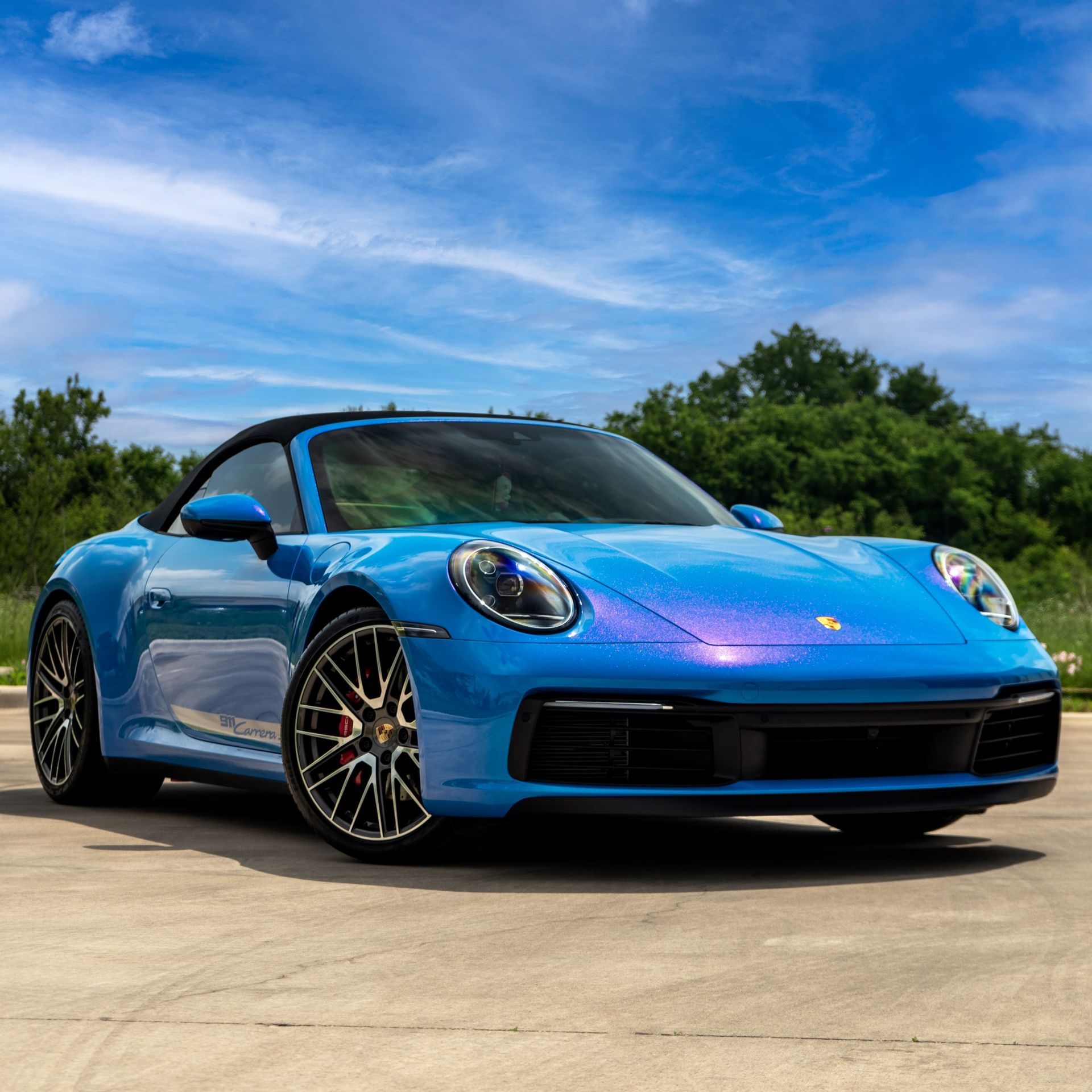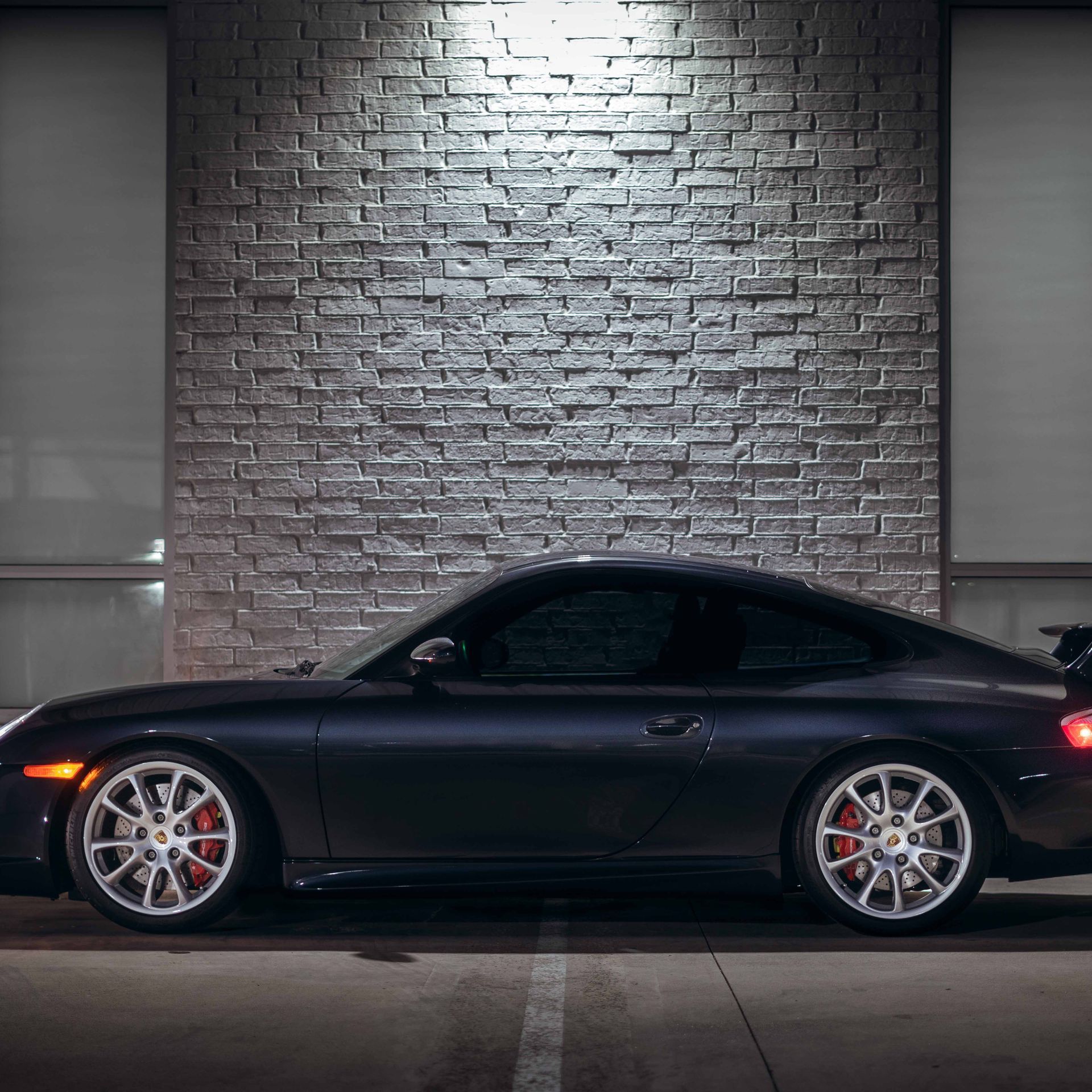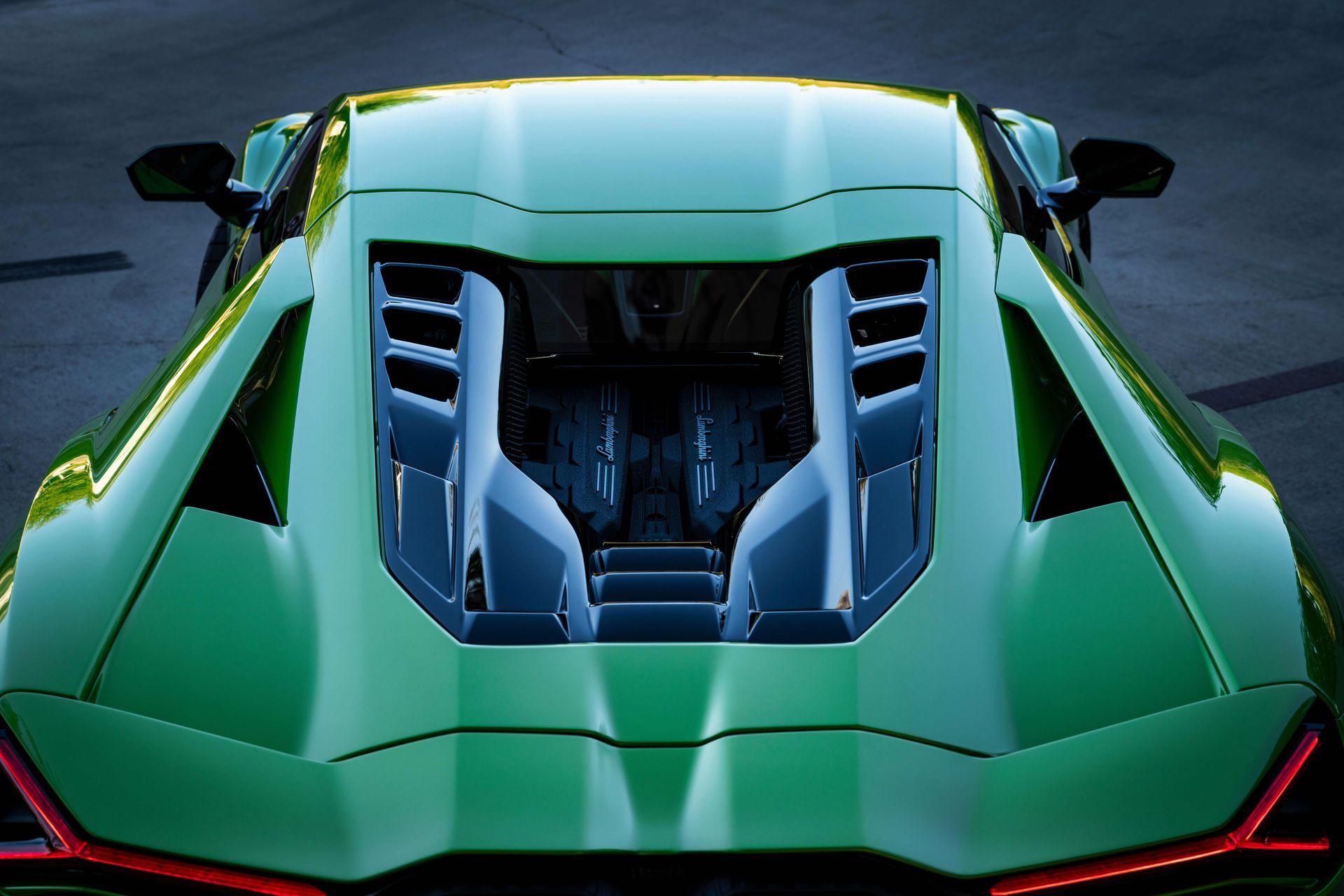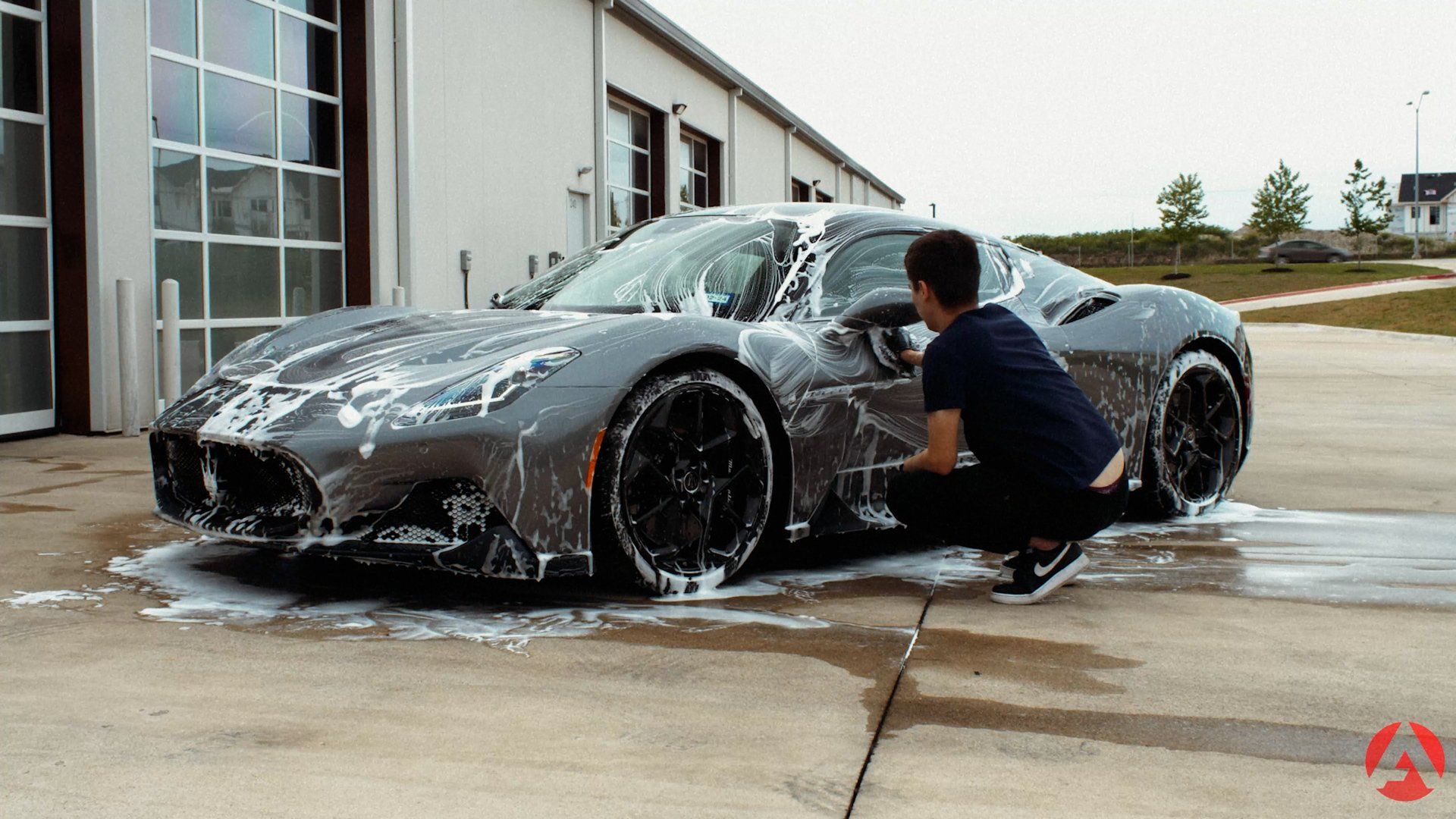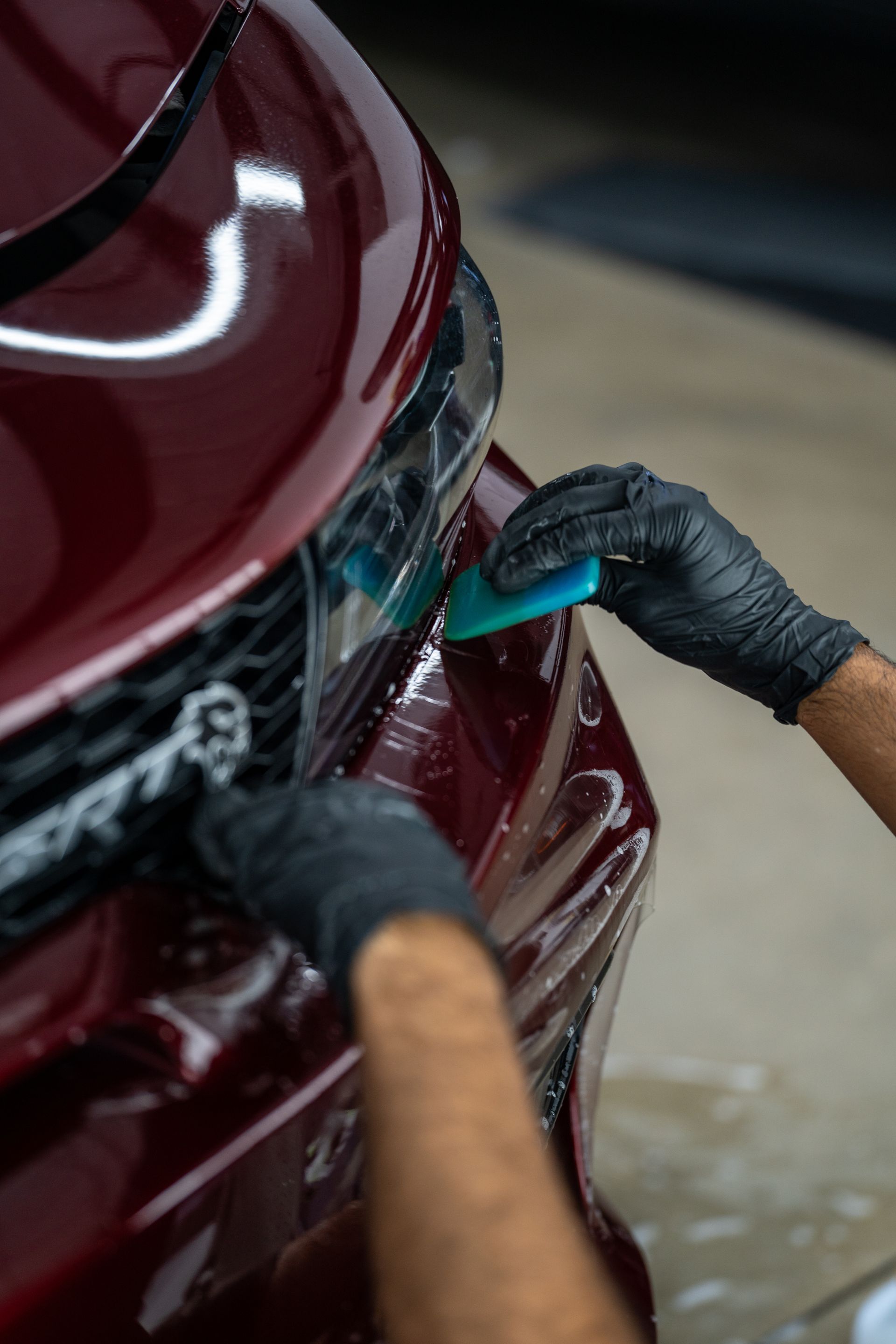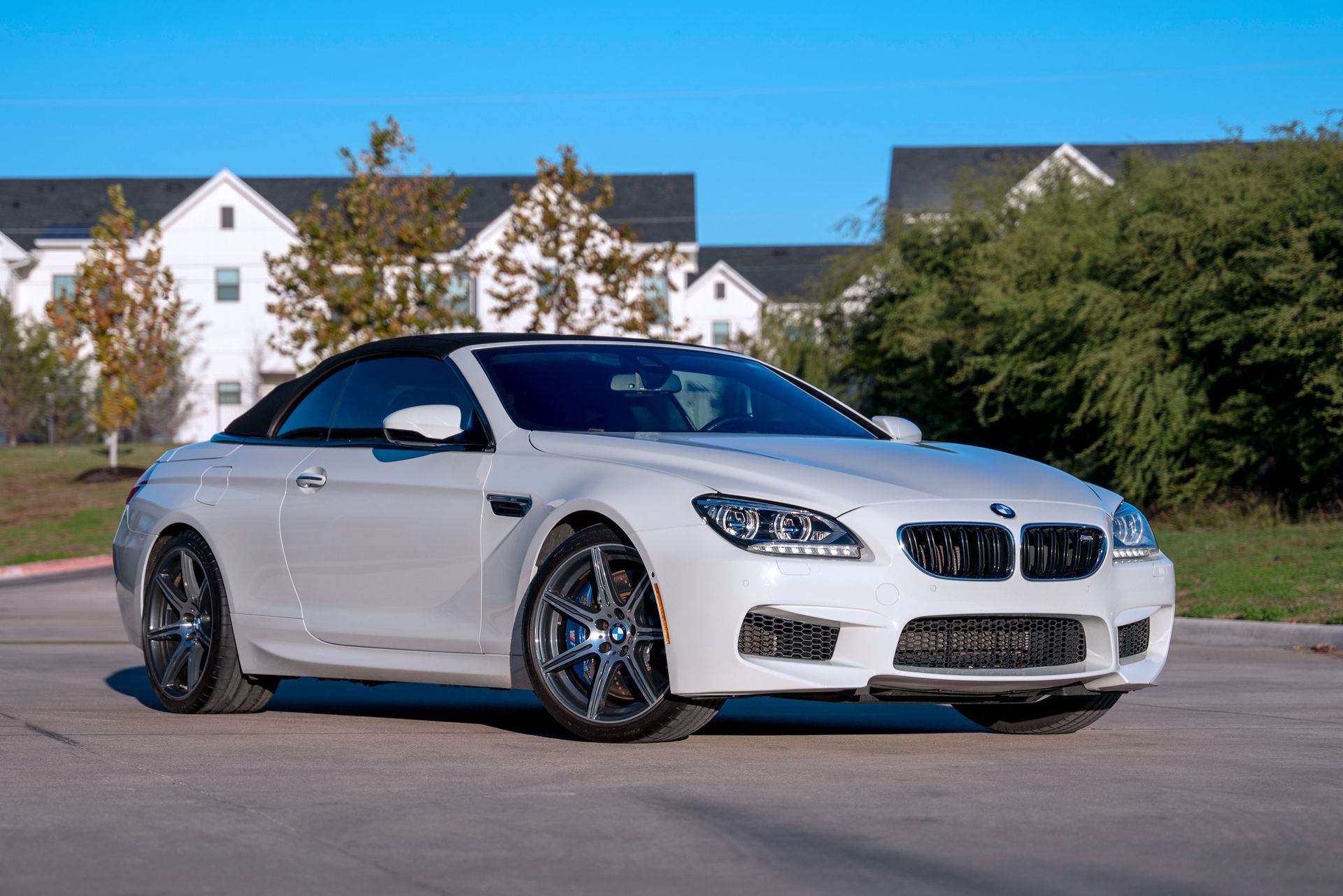Ceramic Coating vs. Waxing: A Detailed Comparison of Benefits and Durability
CALL (512) 296-0183
GET A QUOTE TODAYEvery car enthusiast knows that maintaining a vehicle's shiny exterior is not just about aesthetics but also about preserving its value. The glint of sunlight reflecting cleanly off a spotless hood can be as gratifying as the hum of a perfectly tuned engine. But when it comes to protecting your car’s paintwork, the choice between ceramic coating and traditional waxing can feel like navigating through a maze.
After meticulous research into these methods and exploring everything from chemical bonds to wax blends, it’s clear that both options offer unique advantages and challenges. While ceramic coatings represent modern innovation with promises of long-lasting protection, traditional waxes bring forth a tried-and-true solution appreciated by many over decades. To truly understand which option suits your needs best, we need to dive deeper into what each treatment entails.
Ceramic coatings provide significantly greater durability and protection than traditional waxing, lasting from 2 to 5 years compared to wax's 1 to 3 months. While wax offers basic UV protection and can improve shine temporarily, ceramic coatings create a strong hydrophobic layer that resists stains and environmental damage, leading many car enthusiasts to prefer them for long-term care.
The Battle Begins: Ceramic Coating vs Waxing
When considering the protection of your vehicle's exterior, ceramic coating steps onto the stage as a formidable opponent to traditional waxing. Ceramic coatings involve applying a liquid polymer that chemically bonds with the paint surface, creating a durable and hydrophobic layer. This process is akin to putting on an unbreakable shield that guards against various environmental threats. In contrast, traditional wax simply sits on the surface of the paint, offering only temporary protection.
One of the most essential differences lies in durability. A high-quality ceramic coating can last anywhere from two to five years—or even longer—with proper maintenance, providing long-term protection for your investment. Wax, on the other hand, typically lasts just one to three months before needing reapplication due to its fragile nature. This translates into a greater commitment of time and resources if you're leaning toward waxing as your primary protective solution. Think of it this way: if you’re looking for longevity and a resilient barrier against dirt, UV rays, and chemical damage, ceramic coatings are designed to tackle these challenges head-on.
Another significant aspect is the ease of maintenance. Ceramic coatings exhibit exceptional hydrophobic properties, making dirt and grime slide off effortlessly during routine washing. This means that cars with ceramic coatings generally stay cleaner longer and are much easier to wash—no more scrubbing away at stubborn marks!
In contrast, wax requires a more labor-intensive upkeep routine; frequent reapplications lead to complex cleaning processes that demand additional effort on your part.
Further emphasizing this battle is the matter of cost. While ceramic coatings often have a higher initial price tag, this may offset itself over time through decreased need for maintenance and product renewal. Waxing seems budget-friendly at first glance, but those costs quickly accumulate when factoring in the repeated applications required every few months.
Understanding these fundamental differences enables car owners to make informed choices tailored to their specific needs and expectations. If you've invested significantly in your vehicle and desire long-lasting protection with minimal upkeep, ceramic coatings present an attractive option. However, if you prefer simplicity or are working within a tighter budget, then traditional waxing remains a viable alternative that still provides aesthetic appeal and basic protection.
With these considerations in mind, it's important to further explore how these two methods work fundamentally and how they can be tailored to meet individual needs effectively.
Defining Ceramic Coating and Waxing
Ceramic coating is essentially a high-tech solution for vehicle protection that involves the application of a liquid polymer onto your car's exterior. This polymer undergoes a chemical reaction upon contact with the factory paint, forming a robust protective layer that feels like a part of the car rather than just an add-on. The key ingredients in ceramic coatings are usually silicon dioxide (SiO2) or titanium dioxide (TiO2), which contribute to the formation of a hard shell.
This shell not only adds a deep gloss but also lends resistance against various environmental hazards like UV rays, acid rain, road salt, and bird droppings.
Moreover, understanding how this technique differs from traditional waxing deepens our appreciation of its advantages.
On the other hand, waxing employs a mixture of natural and synthetic compounds designed to furnish a temporary barrier atop the paint's surface. Most commonly, wax comprises carnauba, beeswax, and additives that culminate in a glossy finish appealing to many vehicle owners. While it produces an eye-catching shine immediately after application, it's essential to note that this glossy layer is short-lived; it typically lasts one to three months before requiring reapplication due to varying factors such as weather conditions and frequent washing.
With clarity on the definition of both options, we can now transition into examining their specific benefits and limitations more closely.
Advantages of Ceramic Coating
Ceramic coatings bring several benefits to the table, starting with their exceptional durability. Unlike wax, which typically lasts only a few months, high-quality ceramic coatings can protect your car for up to five years. This long-lasting protection means fewer maintenance sessions and more time enjoying your vehicle without worrying about frequent reapplications.
However, durability isn’t the only star player in this game; one of the standout features is the hydrophobic nature of ceramic coatings. This unique characteristic repels water, drastically reducing the likelihood of unsightly water spots forming on your vehicle’s surface.
Imagine driving in the rain knowing that your car will shed water rather than allow it to pool and leave marks. The super-slick surface also lessens the ability for dirt, bird droppings, and tree sap to adhere to the paint—a feature that significantly simplifies the cleaning process. In essence, you’ll find yourself washing your car less often while still maintaining its pristine look.
Perhaps most importantly, ceramic coatings provide superior resistance to environmental damage, including harmful UV rays, swirl marks, and chemical stains. Consider how often our vehicles are subjected to these elements: harsh sunlight can fade paint colors over time, while everyday encounters with debris can lead to marks that diminish aesthetic appeal.
Such resilience afforded by ceramic coatings can effectively preserve both a vehicle's beauty and market value over the long term, making it a wise investment for any car owner.
Beyond mere shielding from physical wear and tear, ceramic coatings also act as a barrier against chemical damage from products like bird droppings or tree sap that can eat through traditional paint finishes if left unattended. Many car enthusiasts have marveled at how a simple layer of ceramic coating can keep their vehicles looking as good as new, thwarting threats before they have a chance to take hold.
While these compelling perks elevate ceramic coatings above alternatives like waxing, it's vital to remember that traditional methods offer their own set of benefits worth exploring further.
Benefits of Traditional Waxing
One of the primary draws of traditional waxing is the direct and satisfying experience it provides. For many enthusiasts, including our friend Jane, the ritual of manually applying wax serves a larger purpose than simply protecting the vehicle's paint. As she glides the wax over her car’s surface, she enjoys a deep sense of connection with her machine.
This hands-on approach allows for complete control over the application, enabling her to reach every nook and cranny. This personal engagement with her vehicle can foster a deeper appreciation for one’s car, turning a routine chore into a cherished weekend activity.
The simplicity of purchasing wax allows more frequent applications, which can enhance protection and aesthetics over time.
Another aspect worth noting is the unique finish that waxing provides. Many enthusiasts adore the warm, rich shine that wax imparts and often find it more visually appealing than the glossy appearance associated with ceramic coatings.
There’s something undeniably classic about the way high-quality wax can bring out colors and create depth in a car’s paint job. In fact, this characteristic often makes it a preferred choice among participants in car shows where first impressions are paramount; the shimmering glow from freshly waxed surfaces can captivate onlookers.
These factors showcase how traditional waxing holds its own in specific scenarios, especially when personal satisfaction and aesthetic preference come into play. Moving forward, we look at both methods closely to see how they stack against each other in various aspects.
Choosing the Best Option for Your Needs
When weighing your options between ceramic coating and waxing, it's essential to assess your lifestyle and the level of commitment you can realistically offer. Suppose you find joy in car care, treating your vehicle almost like a cherished hobby. In that case, waxing could be a rewarding experience, allowing you to spend quality time nurturing your car's appearance without breaking the bank.
However, if you lead a busy life or lack the resources for frequent upkeep, investing in a ceramic coating may serve you better. The longevity of up to five years means fewer applications and less worry about environmental conditions affecting your vehicle's paint. For those driving in harsh climates or areas with industrial pollution, this service can provide peace of mind associated with knowing your vehicle is well-protected against potential damage.
One crucial aspect to consider is whether you prioritize immediate results or long-term benefits. While waxing delivers an immediate high-gloss finish, it demands consistent reapplication every few months. This can be tedious—especially if you're juggling work and family commitments.
If applying wax every couple of months feels overwhelming, switching to ceramic coating can optimize your car care routine significantly. Although the initial investment may be higher, you're purchasing easy maintenance and far more durability. Imagine enjoying weekends without worrying about running outside to reapply wax before a rainy day; sounds appealing?
Before proceeding with either option, take some time to evaluate your specific needs and how each method aligns with them. Perhaps spend an afternoon researching user testimonials on forums or review sites like Authentic Details, as they often highlight experiences that might resonate with your own situation. A quick consultation with a professional detailer can further enhance your decision-making process—after all, they possess firsthand knowledge of what works best under varying circumstances.
By thoroughly understanding these factors, you'll be equipped to make an informed choice that not only protects but also enhances the beauty of your vehicle for miles to come.
Whether you choose the convenience of a ceramic coating or the traditional charm of waxing, remember to prioritize what fits best with your lifestyle. To explore more about protecting your vehicle effectively, reach out to us at
Authentic Details or call (512) 296-0183.
CALL (512) 296-0183


